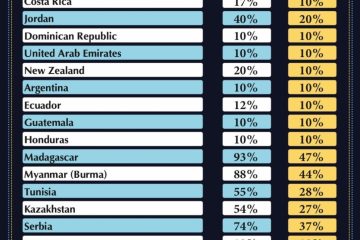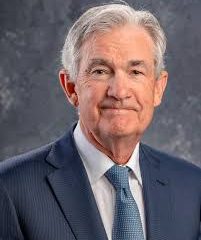Brazil’s Economic Resurgence: Challenges and Opportunities

Introduction: Brazil’s Significance
As the largest country in South America, Brazil plays a pivotal role in regional geopolitics and global economics. Recently, the Brazilian government has announced plans aimed at revitalizing its economy. Understanding Brazil’s current economic climate is crucial for investors, policymakers, and global analysts alike as they seek to navigate the complexities of emerging markets.
The Current Economic Landscape
In 2023, Brazil’s economy has shown resilience amidst various challenges, including inflation and political uncertainty. According to the latest report from the Brazilian Institute of Geography and Statistics (IBGE), the GDP growth rate for the first quarter of 2023 was 1.5%, an encouraging sign after previous downturns. The industrial sector, particularly in manufacturing and agriculture, has contributed significantly to this growth, buoyed by robust demand for commodities such as soybeans and iron ore.
Inflation and Government Measures
However, inflation remains a pressing concern. The inflation rate in Brazil hit around 6.2% annually as of August 2023, prompting the Central Bank of Brazil to take measures to curb rising prices. The Brazilian government has implemented various fiscal policies aimed at stabilizing the economy, including tax adjustments that seek to promote both business growth and consumer confidence. Economists predict that these measures could lead to a decline in inflation rates by the end of the year, depending on global commodity prices and domestic demand.
Social Impacts and Future Outlook
Despite these economic gains, Brazil continues to face significant socio-economic challenges. Poverty rates have increased, and there is a pressing need for improvement in public services such as education and healthcare. Social inequality remains a persistent issue, and the government is under pressure to address these disparities in tandem with economic policies. Analysts believe that sustained economic growth in Brazil will depend not only on strengthening its fiscal framework but also on effective social programs targeting the most disadvantaged populations.
Conclusion: Looking Towards the Future
Brazil stands at a crossroads, with notable economic potential tempered by enduring challenges. As the country implements reforms and navigates the global economic landscape, the eyes of the world are upon it. For investors and global stakeholders, understanding Brazil’s dynamic environment will be crucial in anticipating its future role in the global economy. The coming months will demonstrate whether Brazil can transform its current challenges into opportunities for sustained growth and stability.









